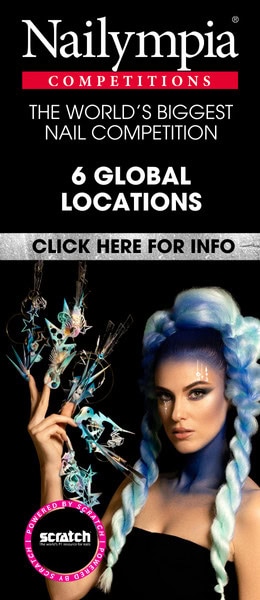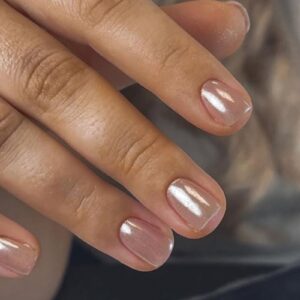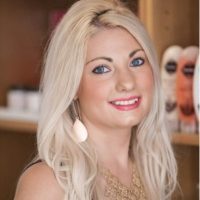
Is it nail mould? Katie Barnes explores greenies
By Katie Barnes | 19 July 2017 | Expert Advice, Feature, Health & wellbeing, Tech Talk
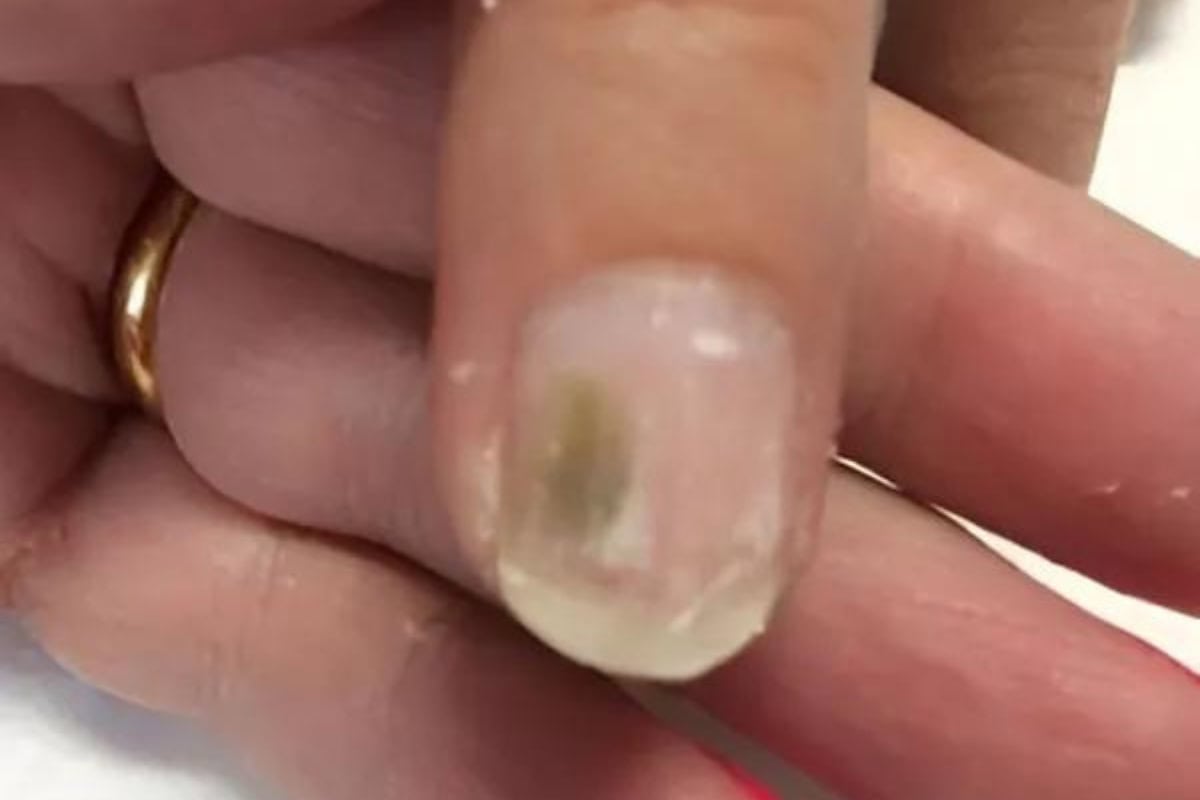
Award-winning nail stylist & educator, Katie Barnes, gets to grips with greenies…
A problem that I have come across far too often in the industry is ‘mould’ on client’s nails – more commonly known as ‘greenies’. But is this really mould?
Is it mould?
‘Pseudomonas’ are a common, run-of-the-mill bacteria that can turn the nail green, however ‘mould’ is a fungus. Typically, the nail does not provide a sustainable environment for these bacteria to grow, but when conditions are perfect (such as when moisture gets trapped), these bacteria make a home either on top of the natural nail or under an enhancement. Severe and un-treated cases will appear as dark green or even black spots on the nail. Often, this is caused by moisture getting trapped between an enhancement and the natural nail, poor application or poor tech hygiene.
What should a tech do?
Prevention is always better than treatment and the first steps to prevention are good hygiene practice, proper application and good client care and education. Protect yourself and your client by maintaining high standards.
Techs need to ensure that they are offering a professional service by not ignoring this issue and addressing the cause. I have experienced clients with greenies treated by nail techs, who have insisted that the green spot is a bruise, even when the client hasn’t had any trauma to the nail. The tech has then repeatedly infilled the enhancement without getting down to the green spot to examine thoroughly.
More often than not, the problem is caused by poor application leading to lifting, where the moisture gets trapped underneath.
This issue can be made worse by the customer picking and prying the nails or using glue to seal the lifting. Moisture is attracted to cyanoacrylates in the glue, making this problem even worse. If the client experiences any significant lifting, they should contact you and return for an infill or a repair. Don’t wait until the client has glued a cracked or broken nail to tell them about trapped bacteria and green spots: educate them on their first appointment with you.
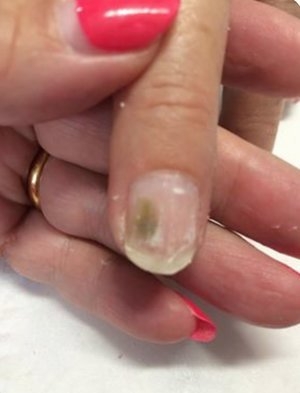
Image c/o Toni Wilde. A green spot on the nail caused by incorrect product application, causing the enhancement to lift and moisture to get trapped.
There may be an underlying problem that is causing the lifting, which is why it is paramount to carry out a thorough consultation with the client and discuss any medications they could be on, especially topical creams used on the hands and nails, skin or nail issues such as oily nail plates and the natural nail condition.
It is important to remove the enhancement fully and cleanse the natural nail thoroughly with an astringent product, such as acetone, to dry out the moisture and refer the client to their GP to address the issue appropriately. If any of your implements come into contact with the infected nail, immediately clean and disinfect them and throw away any disposable items, such as nail files, to avoid cross contamination.
The natural nail underneath the enhancement will likely be stained ranging from a dull green to an unsightly black, as well as possibly being soft from the moisture. Once treated by a GP, the stained nail will eventually grow out and a soft nail will harden back up.
Love Katie B x

Read the latest issue



